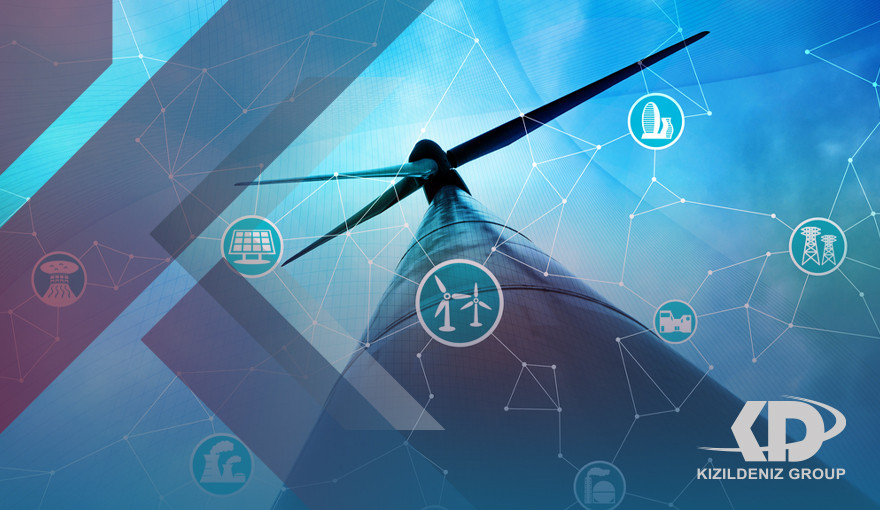What is the specialty of Energy electronics and clean energy systems:
Energy electronics is an application of electronics to control and convert electrical energy.
The first high-power electronic devices were manufactured using mercury-arc valves. In modern systems, switching is carried out using semiconductor switching devices such as diodes and thyristors, and power transistors such as MOSFETs and IGBTs. Unlike electronic systems concerned with transmitting and processing signals and data, large amounts of electrical energy are processed in power electronics. An AC/DC (Rectifier) adapter is the most common power electronics device found in many consumer electronics, for example, televisions, personal computers, battery chargers, etc. The power range typically ranges from tens of watts to several hundred watts. In the industry, a common application is a variable speed drive (VSD) which is used to control an induction motor. The power range for VSDs starts at a few hundred watts and ends with tens of megawatts.
Power conversion systems can be classified according to the type of input and output power
History of Energy electronics and clean energy systems Specialization:
Power electronics began with the development of the mercury arc rectifier. Invented by Peter Cooper Hewitt in 1902, it was used to convert alternating current (AC) into direct current (DC). From the 1920s, research continued into the application of grid-controlled thyratrons and mercury arc valves to transmit energy. Uno Lamm has developed a mercury valve with rated electrodes making it suitable for high voltage DC power transmission. In 1933 the ingredients of selenium were invented.
The concept of a field-effect transistor was proposed by Julius Edgar Lilienfeld in 1926, but it was not actually possible to create a working device at that time. In 1947, Walter H. Brattain and John Bardeen of the bipolar point-contact transistor under the direction of William Shockley at Bell Laboratories. In 1948, Shockley's invention of the bipolar transistor (BJT) improved the stability and performance of transistors and lowered costs. By the 1950s, high-power semiconductor diodes became available and began to replace vacuum tubes. In 1956 General Electric introduced the silicon-controlled rectifier (SCR), greatly increasing the range of power electronics applications, and by the 1960s, improved switching speed of bipolar junction transistors allowed for high-frequency DC/DC converters.
R.D Middlebrook made important contributions to power electronics. In 1970, he founded the Power Electronics Group at Caltech. He developed the method of state mean area analysis and other tools critical to the design of modern power electronics.
The importance of studying the specialty of Energy electronics and clean energy systems:
Power electronics are in the early stages of an important technological opportunity that will greatly enhance the role and value of electricity in all aspects from generation to end of use. Power electronics is an enabling means in enhancing the role and value of electricity. The primary functions of importance for power electronics are power conversion, AC to DC, DC to AC, AC to AC, power conditioning to remove distortion, harmonics, voltage dips and overvoltages, high speed and/or frequent control of electrical parameters Such as currents, voltage resistance, phase angle, high speed and/or frequent transmission of circuit breakage and current limiting functions.
 FR
FR AR
AR
 Next one
Next one